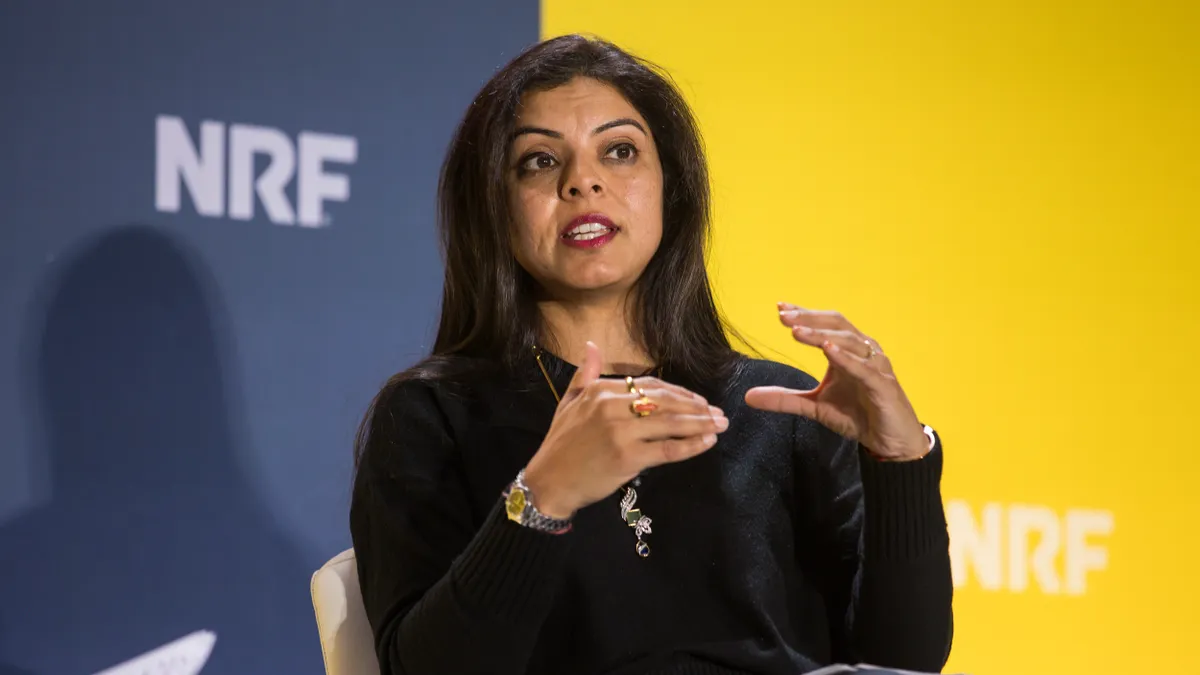Lauren C. Tompkins, an associate in the Fisher Phillips Cleveland office, has eight years of experience representing employers in all aspects of employment litigation matters. Views are the author's own.
With employees increasingly working well beyond 70 years of age, and new graduates entering the workforce every day, companies are facing a new set of challenges. For the first time, five generations of workers, with very different characteristics, values and goals, are now part of the same workforce. Human resources teams and managers at all levels need to not only understand how to properly manage and motivate this 50-year generation gap but also how to leverage this diverse talent pool to their organization's benefit.
Although the exact birth dates that define each group may be debatable, the generations are typically split and labeled as follows:
|
Generations |
Birth Years |
|
Traditionalists |
1927-1945 |
|
Baby Boomers |
1946-1964 |
|
Generation X |
1965-1980 |
|
Generation Y |
1981-1995 |
|
Generation Z |
1996-2015 |
Traditionalists are currently in their 70s and 80s. While many have retired, there are still some actively employed in the workforce. Traditionalists value their jobs as they were brought up during the Great Depression and are described as hard workers who have high respect for authority. Many have only worked for one employer throughout their entire career and have a strong sense of institutional loyalty. They prefer in-person interaction and formal written communications rather than electronic media to get tasks done.
Baby boomers, who are currently in their late 50s and 60s, are well established in their careers and hold high-ranking positions within their organizations. This group is loyal and ambitious with workaholic tendencies. They value working from the office and put a premium on office "face time." Like traditionalists, they often prefer written communication and one-on-one meetings in the workplace.
Generation X members are currently in their 40s and 50s and while some may hold senior-level positions, they often hold middle management positions reporting up to the baby boomers. Gen X members value family time and work-life balance. While still hardworking, they see the benefits of diversity, flexible schedules and relaxed work requirements.
Gen Y members — also known as millennials — are in their 20s and 30s. Often holding more entry-level positions, they are described as smart, creative and tech-savvy. They seek out challenges, are very goal-focused and desire meaningful careers. They prefer to communicate via electronic media and enjoy working from home but tout being connected 24/7 based on their access to and use of technology.
Gen Z members, with the oldest members being only 23 years old, are described as creative and unique and are often characterized by smartphones and social media. They value flexibility and their personal freedom but are also seeking to find the foundations of their careers as well as financial stability. They seek mentorship and input from older generations in the workplace and, because of that, tend to value more formal in-person interactions.
Based on these varying personalities, likes, dislikes, wants and desires, it is easy to see how employers grapple with these generational differences. It is important that employers be aware of these differences and embrace ways for these diverse groups to complement each other while celebrating their differences.
Learn about your workforce
You need to understand your workforce and the demographics within your organization. Using a cultural or climate survey allows your HR team to gather relevant data and information. The HR team can learn about communication preferences, work-life balance needs, working relationships between employees and the overall culture of the organization. Not only do these tools provide valuable data and feedback of what is going right in the workplace, but these surveys also provide the ability to know what is going wrong, and what you can do to fix it. Your HR team can make use of data and analytics to understand how your workforce is split, identify trends within the splits, and find areas of common ground.
Don't buy into the stereotypes, but do respect the differences
Though there are differences in each generation, organizations should not overly generalize these stereotypes or fail to recognize individual employee differences. A manager's goal should be to help his or her team move beyond the stereotypes and see each worker as an individual. Don't assume people need special treatment; rather, get to know each person individually, understand the differences and use those to the organization's benefit. Look for commonalities and encourage everyone — including the CEO and upper management — to learn about each other. Bring workers together in a nonwork setting. This can go a long way in helping employees learn more about one another in a more relaxed social setting. It might not be until the company picnic that the Generation Z employee learns that the baby boomer employee also has a love for cooking. Working on a charitable or nonprofit project together is another idea. Finding commonalities with each other will help create a strong connection among employees and thus improve the workplace culture.
Encourage teamwork
The fact that there are differences in the generations does not mean the generations are incompatible. In fact, they have much to offer each other. Shifting the collective mindset at work so that the different generations see each other as team members rather than disparate groups will allow everyone to see that they can benefit from new ideas. To do this, foster an environment of trust and the ability to confidently build relationships but also encourage challenges and debates, in a respectful manner. Mixed-age teams can bring a wealth of collective knowledge and insight into any business. Older workers may have deep experience, but younger workers may have fresh ideas and perspectives because they do not live by the code of "we've always done it this way." The organization's culture, mission, vision and values can serve as a powerful unifying force to bring these groups together. A collaborative approach is a key to the success of any organization.
Establish mentorship and professional development programs
Create a program where younger workers teach older workers how to use social media to drive business, and older generations provide mentorship and guidance to younger workers about developing personal relationships with customers and co-workers, along with institutional knowledge. Provide professional development opportunities where everyone can learn how to grow and advance within the organization together. These programs should appeal to all learning styles and include not only classroom-style training but also online and virtual sessions. Ideally, these programs should be interactive and provide employees with opportunities to build rapport with each other to learn from differing experiences and perspectives.
Ultimately, HR teams and managers need to be flexible and responsive to the needs of different generations within their workforce. The most important consideration when managing multiple generations is to give them all a voice, treat everyone equally and be sure the organization's strategic plans and other goals and objectives are well-understood as these priorities will cut across all generations. Regardless of age or tenure, employees should be listened to, valued and respected for who they are as well as the role they play within their team. HR teams and managers should provide regular and constructive feedback to all employees to help them not only succeed in their career but also change behaviors that do not align with organizational goals. By encouraging a collaborative and engaging workforce, you are creating a vibrant organizational culture that will most certainly take your organization to the next level.

















